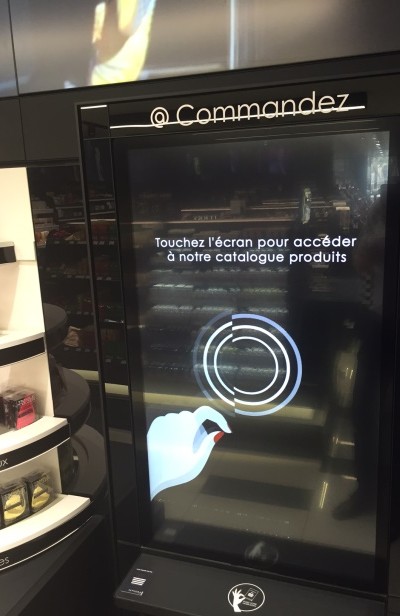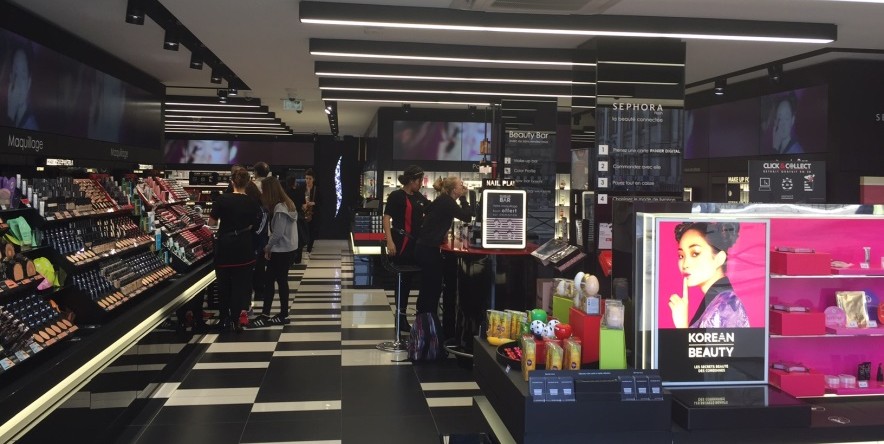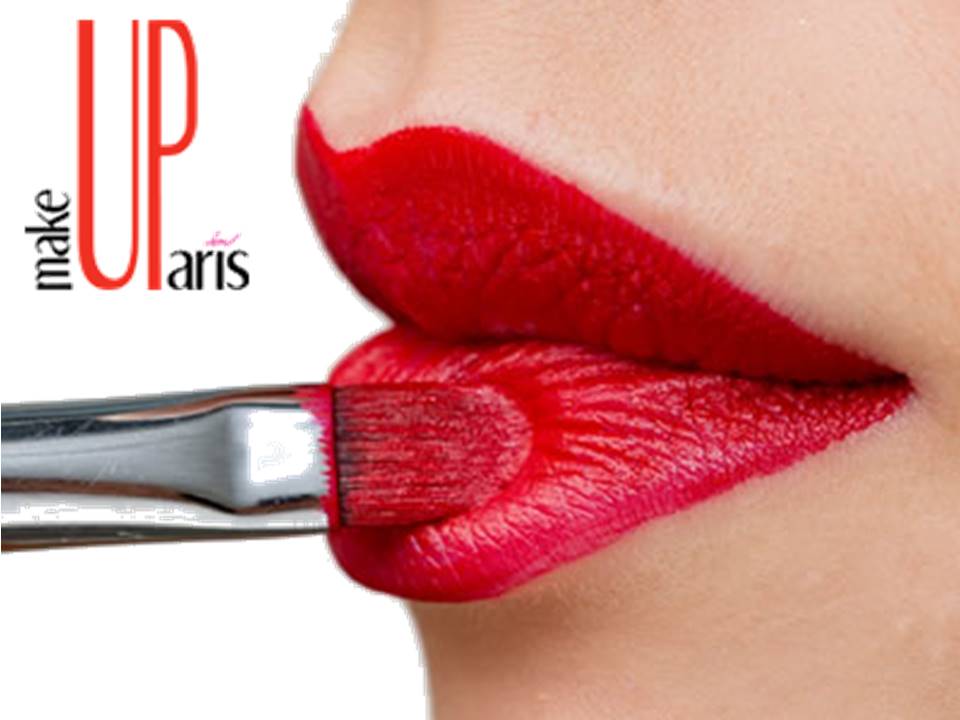The Fung Global Retail & Technology Team attended MakeUp in Paris 2016 on June 9 and 10 at the Carrousel du Louvre. The event is a showcase for the beauty industry in Europe, and it included a conference program on beauty categories and retailing. Here are our key takeaways from selected conference presentations:
1. GEN Y AND GEN Z LOOK FOR DIFFERENT THINGS
Pauline Bonafous, Marketing Project Manager at communications agency Carlin International, noted some key differences in the preferences of Generation Y (or millennials, born between 1980 and 2000) and Generation Z (born after 2000):
- Gen Y wants everyday, natural well-being. They visit salons frequently and they like sensorial experiences and customized advice. As a group, they are well informed and look for proof or transparency when choosing products. In France, their favorite beauty retail brand is Sephora.
- Gen Z is more digitally engaged as a group, and turns to blogs and YouTube for beauty advice. They appreciate digitalized stores, and they want low prices. In France, their favorite beauty retail brand is KIKO.
2. CUSTOMIZATION HELPS BRANDS DEEPEN CONNECTIONS WITH CUSTOMERS
Françoise Dassetto, Founder and CEO of branding agency Eferday, noted the importance of customizing products or packaging in order to strengthen brands, and showcased some examples of successful customization through packaging and product innovations. She highlighted Chanel’s summer-themed eye shadow—which came in short-lived, limited-edition packs—and Estée Lauder’s specially designed Chinese New Year packaging, which the company created in order to cater to a specific local market. This kind of customization can strengthen consumers’ emotional connections with brands through either a sense of shared experience or cultural connection. Dassetto concluded that customization projects should be underpinned by three core objectives:
- They must be coherent and consistent with the product, brand and objectives.
- They should surprise people, as that is the best way to appeal to customers.
- They must enhance the storytelling of the brand, and become a new chapter in a brand’s book.
3. CHINA HAS A SUBSTANTIAL LEAD IN BEAUTY E-COMMERCE
Laurence-Anne Parent, Senior Partner at consulting firm Advancy, ran through key statistics on the growth of e-commerce in the beauty industry, and noted the lead China enjoys in this channel. Among the numbers Parent set out were:
- In 2015, e-commerce accounted for 19% of beauty sales in China—but only 11% of sales in the US, 7% in Western Europe and 7% in the Asia-Pacific region excluding China.
- The Asia-Pacific region now accounts for around 47% of worldwide online beauty sales.
- In 2015, 8% of global beauty sales were made online; by 2020, this should be 10.4%.
4. TEN DIGITAL BEAUTY TRENDS
John Mercer, Senior Analyst at Fung Global Retail & Technology, presented our “10 Top Digital Beauty Trends and Disruptors.” He grouped the trends under three themes: online research, in-store experiences and e-commerce. We outline these three themes and 10 trends below.

Theme 1: The online channel is disproportionately about research and browsing
1. Mobile apps have brought scientific skin analysis onto consumers’ smartphones.
2. In contrast, social media (notably YouTube) brings a more human element to online information about beauty products.
Theme 2: Physical stores are more about the experience than ever before
3. Digital stores, such as Sephora Flash, are bringing online-style information and experiences into physical retail.
4. Magic mirrors have finally started to be deployed in retailing, but they need to offer an experience that is at least as good as testing products in person.
5. Wearable tech and 3D printing offer possibilities, and 3D printing may eventually allow retailers to operate with zero inventory.
6. Apps and online services are consolidating the fragmented beauty services market.
7. By using smartphones in-store, shoppers are digitalizing stores more than retailers are.
Theme 3: E-commerce is a diverse channel with distinct opportunities
8. Subscription services cater to routine, “chore” beauty purchases as well as to experimentation and trial.
9. E-commerce is a bright spot in an otherwise slow luxury market.
10. Online grocery is set for major growth in the US, and mass-market beauty brands will shift online as part of consumers’ regular grocery shopping.
Read our full report on the event here.
Connect with us on social media:
@DebWeinswig
@FungRetailTech
Facebook
LinkedIn
Subscribe to our YouTube channel
Pinterest
Instagram
